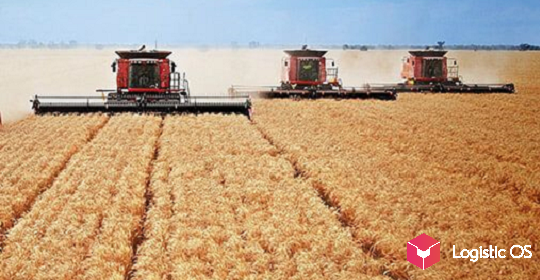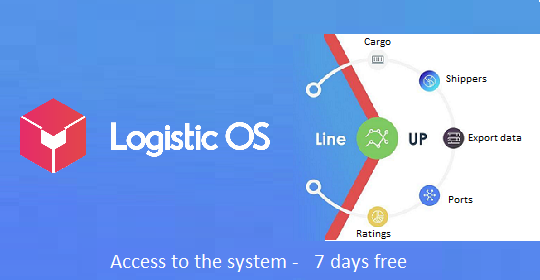If in 2019 the volume of retail sales of food products via the Internet did not exceed 43 billion rubles, then in 2020 it amounted to 135 billion rubles.
That is, there is an increase of 214%.
The catalyst for this explosive growth was the coronavirus pandemic.
In the conditions of self-isolation, when the trip to the store became difficult, it was the delivery of food to the house that largely saved the situation. At the same time, this format has become new for both consumers and retail chains.
Further growth is currently taking place.
In the first six months of 2021, the volume of online product sales in the Russian Federation amounted to 150 billion rubles — that is, already more than in the entire 2020.
According to experts, at such a pace by 2024, the annual volume may reach up to 1.1 trillion rubles , and the share of the online market as a whole will also grow significantly due to this: from 5.3% to 18.8%.
Currently, Russia has already formed a top five leaders in the delivery of products to customers:
X5 (Crossroads).
Sbermarket.
Vkusville.
Scooter.
Yanlex. Shop.
According to experts, the entry of new players of comparable scale into this market is extremely difficult and hardly possible at all.
So all the growth is likely to come from the expansion of the services provided by the companies listed above.
They can significantly increase their revenue by implementing the following strategies:
Expanding our services in regions and small towns.
Fresh fruits and vegetables delivery.
Alcohol delivery.
Will convenience store delivery replace?
This issue is controversial. For example, Dmitry Rylko, general director of the Institute for Agricultural Market Studies, believes that when the pandemic ends, the growth of online sales will also slow down for a while, but then this market will start to rise again.
But the head of the Fruit and Vegetable Union Mikhail Glushkov is skeptical about the delivery of food, at least fruit and vegetable products.
In his opinion, the “near home” format will always remain a priority, because, firstly, purchases can be made along the way, spending a minimum of time. And secondly, almost everyone will prefer to choose fruits and vegetables on their own, checking the quality of apples and tomatoes.
On delivery, you can get rotten or dented copies — including during the delivery process itself. Brands that users will trust and know that they will not be fooled with quality can partially save the situation.
One way or another, the pandemic forced everyone to test a new format for online grocery delivery, and there will definitely be no rejection of it.
The prospects for development here are enormous, so the whole question is in its speed.

